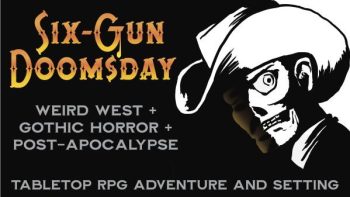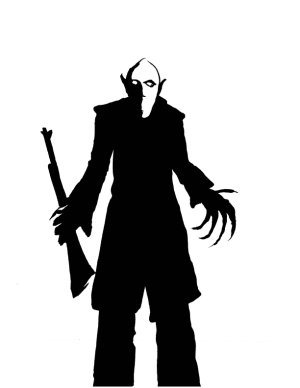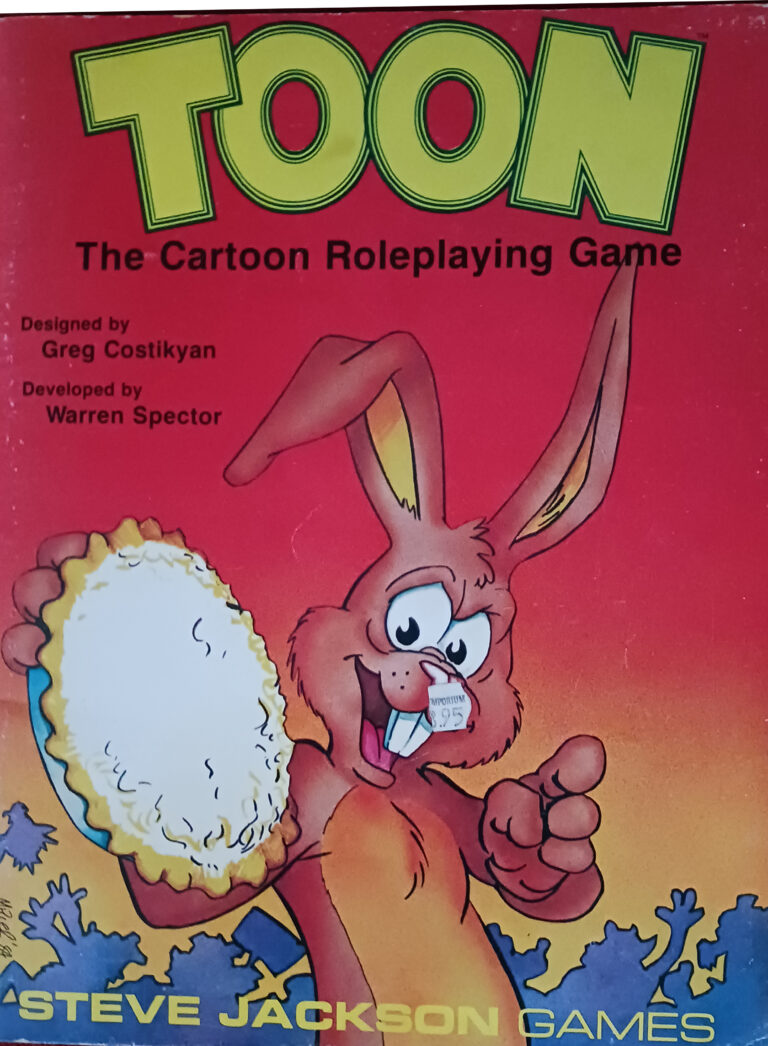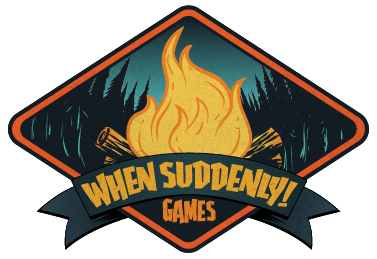By Jason Campbell
Homebrewing RPGs has been a popular activity since the birth of the hobby and now with so many open licenses, designers can often publish their own rules variations. This brings up the question – when is a game no longer the game it started as? You can change the rules to Dungeons & Dragons – no classes or species, no ability scores and instead of defeating dangerous creatures, you spend your time purchasing property in Atlantic City. But are you still playing Dungeons & Dragons?
The question is, what aspects of a TTRPG are core to the game’s identity, versus mechanics that are “nice to have”, but not essential? This is really a matter of opinion, but could be a fun debate. Here’s my thoughts on a few game systems. Note that I’m assuming all of these games use a few base ideas: players play as characters, there’s a referee, and the game uses dice. Also, my assessments of how much modification can be done within a ruleset is just to answer the question “Is this still a X game?”. Any of these major modifications can result in great games, of course.
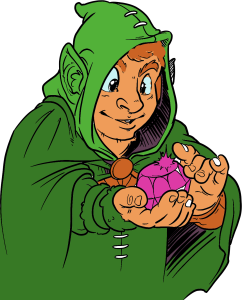
Dungeons & Dragons (5e)
As far as rules, I’d say that core to the game is that characters have a class and race/species, and that they can advance in level. The core mechanic revolves around rolling a d20 with modifiers with the goal of rolling high to determine the success of a task. Thematically magic is core to fantasy games. Note that when you extract the 5e rule set, it can be applied to everything from sci-fi to pre-historic games. But fantasy is core to Dungeons & Dragons.
For other editions of Dungeons & Dragons most of those things apply, except that the d20 roll high mechanic wasn’t core, as some actions used a d% or other dice rolls.
As an example, I would judge that a game that adds a gunfighter class or limits the game to 4 basic skills is still D&D, while modifying the rules so that characters advance in skills but don’t have a level is different enough that it’s no longer Dungeons & Dragons.
Cypher System
Please note that the term Cypher System in this article refers to games built on the Cypher System by Monte Cook Games including games such as Numenera, The Magnus Archives and Old Gods of Appalachia.
The core mechanic of the Cypher System is that all tasks are rated on a Difficult Class scale from 0-10. The player needs to roll equal to or better than the DCx3. The core rules are that every thing and creature in Cypher System has a level from 1-10, which can be used as a DC. Player Characters have three ability pools used as resources, and they are described by a sentence in the form of: “I am a Descriptor Type who Focus”.
As an example, a Cypher System game that adds new Types or adds an additional ability pool is still a Cypher game, but a game where abilities are rolled scores instead of resource pools is no longer a Cypher System game.
Blades in the Dark
Blades in the Dark is a game by Jonathan Harper and Evil Hat Games which originated from the Powered by the Apocalypse system, but was altered enough that it has its own framework called Forged in the Dark.
The core rules to Blades in the Dark are that characters are built with playbooks. The core mechanic is that players roll a d6 with the result of 1-3 being a failure, 4-5 a success with a consequence and 6 a total success. I would argue that the idea that the game doesn’t contain mechanics for initiative order in favor of a cinematic story flow is core to the game, but I would certainly listen to an argument that if you impose a turn order on the game it’s still Blades in the Dark. Thematically the setting of Doskvol is core to the original book and the new Deep Cuts book, but other settings such as City of Waters and Blades ‘68 have taken the game to another place. Mechanics like flashbacks and progress clocks might also seem core to the game, but I think removing those doesn’t mean it’s no longer Blades in the Dark.
Examples are hard for Blades in the Dark, but I’d say that if characters aren’t built with playbooks or if you’re using a d20 roll high system would no longer be Blades in the Dark.
Conclusion
What do you think? What are other examples? Would you draw different lines? Let us know in the comments!


